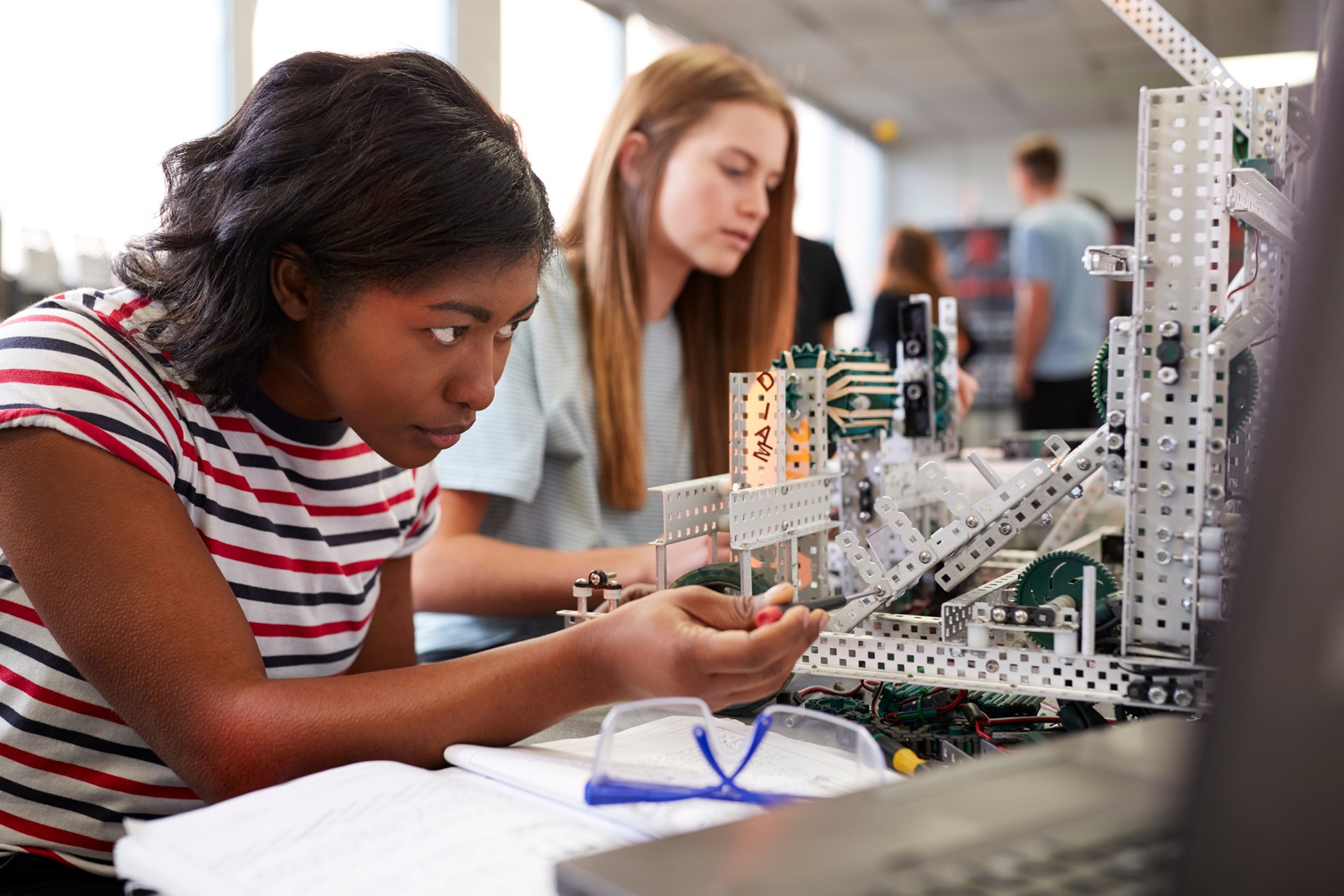Technology
How to invent everything: exploring worlds made possible by technology
Think of the word ‘technology’ and it’s probably most strongly associated with the idea of computers — smartphones, apps and the internet.
It’s true that since the 1970s, computers and their systems have steadily come to dominate our imaginations as the prime example of technology. Technology = computers.
But technology is far more than computers. Technology surrounds us in every form, from simple things like a paperclip, a shopping bag, a chair or even map symbols, to vehicles, architecture and transportation design.

branches of technology
Three branches of technology
At high school, there are three branches of technology that you might study.
d&T
Design and technology
When you study design and technology, you develop a huge range of skills. They can help you research, plan, design and make all kinds of products — from textiles, plastic and graphics to food, electronics and machines.
IT or ICT
Information and communications technology
Study IT, or ICT, and you’ll start to gain knowledge and skills in using and developing computer programs and creating web pages, digital illustrations and animation.
cs
Computer science
With computer science, you’ll study how computers work and delve deeper into programming, coding and software development, as well as design scientific applications for computers.
Why study technology?
From the fire-making tools made by our prehistoric ancestors to the cutting edge of artificial intelligence, our mastery of technology and design are integral to our success and survival as humans.
Technology combines skills in design, innovation and critical thinking and — as technology evolves at lightspeed pace — is the gateway to a wealth of opportunities in work and in life.
And most importantly, if you study technology, you’ll gain valuable, flexible and highly creative skills that will serve you across a wide variety of jobs and opportunities. This will help you to grow your career alongside rapid technological change.
What are technology skills and how are they useful?
In every branch of technology you study, there are key skills you’ll learn, develop and be able to transfer across many different types of work.
Transferable Skills
What are technology skills and how are they useful?

Creativity
The main skill in technology is creativity. The ability to think freely, brainstorm ideas and experiment with different solutions is fundamental to design and technology development processes.

Communication
Being able to present, explain and discuss your ideas is key to working in technology. Design builds communication skills, which is an essential factor in any creative field.

Problem-solving
Studying technology encourages you to be innovative. The aim is often to improve a current situation, or create a new solution. Problem-solving is a key skill you’ll develop as part of your technology studies.

Collaboration
You’ll work as a group in many technology projects, which reflect real-work scenarios. Teamworking skills are essential, as the best solutions are built through sharing, testing and reworking ideas with others.

Digital literacy
Studying design and technology will build your computer literacy and skills using many different digital tools in practical situations — a valuable asset across every career.
What careers can you explore through technology?
If you’re interested in technology and design and want a job that’s creative, rewarding and challenging, there are many different careers in technology that you can consider.
Product development and design If you study design and technology (D&T), you might pursue a career in the arts, design and media field. As a student of product design technology, you can follow careers in product development and design for brands, manufacturers or design consultancies — or work for yourself as a design consultant and launch your own products.
- Digital engineering
Again, if you study D&T, you might consider a career in digital engineering, where you use design software to create models for building and environmental projects. This could also open up career options in construction design or civil engineering. - Information and communications technology
In this field, there are lots of opportunities and career options, including roles as a web designer, systems analyst, artificial intelligence and machine learning engineer, data scientist, information security analyst, computer games or software developer. You can even work as a user experience (UX) developer, where you design websites.

It’s important to remember that within every area of technology and design there’s a very large choice of jobs and potential careers you can explore. Keep your mind open to the many worlds of possibility for you in technology.



